Origen: Sage City
Subcontract products are products that are purchased from a third party vendor, sold and managed in stock. Unlike the manufactured product, raw material will be required but with no internal operations.
Parameters associated with Subcontracts:
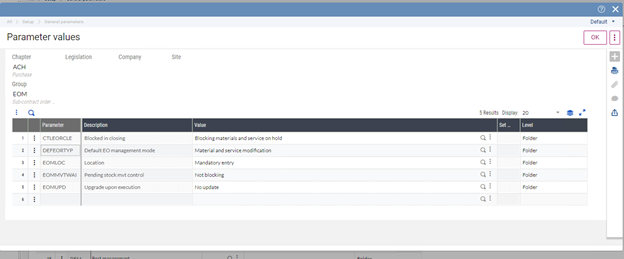
There are five basic setup steps needed:
1. Setup a product category that uses a Type of Flow which includes Subcontract at Common data, Products, Product categories
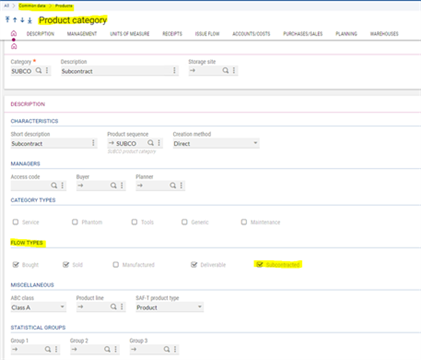
2. Setup a Subcontract Location type and Location at Common data, Product tables, Location types
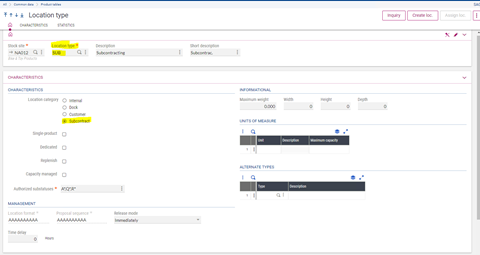
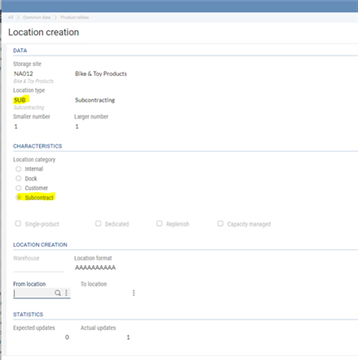
3. Setup a Subcontractor supplier at Common data, BPs, Suppliers and Customers (subcontract suppliers are both Suppliers and Customers)
- Assign a subcontract location to the subcontract supplier on the Ship-to Customer tab of the BP Customer record
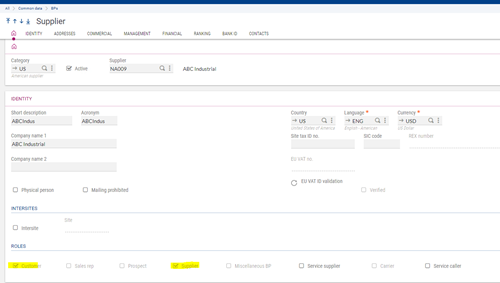
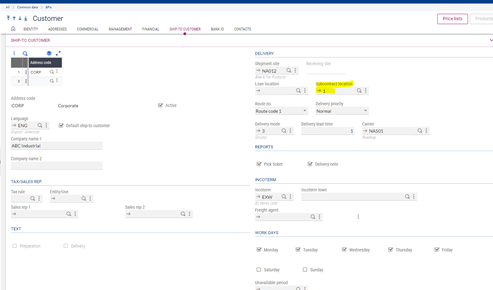
4. Create a Subcontract Product assigned to a subcontract category at Common data, Products, Products
- Assign a subcontract supplier to the product of the Suppliers tab
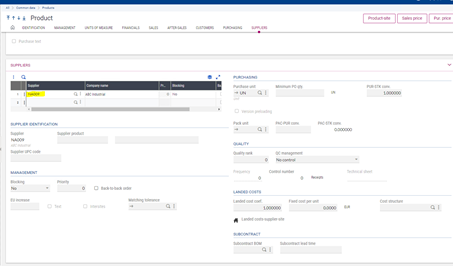
5. Create a Subcontract Bill of Material (BOM) at Common data, BOMs, Sub-contract BOMs
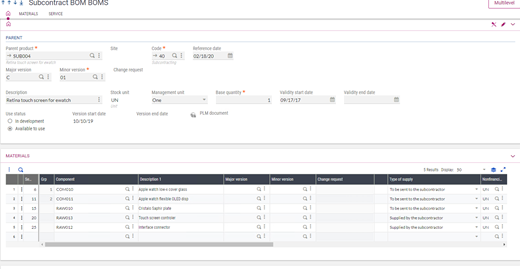
After setup of the Subcontract then a Subcontract Order can be created. I will cover those steps in my next blog!
- Obtener enlace
- X
- Correo electrónico
- Otras aplicaciones
- Obtener enlace
- X
- Correo electrónico
- Otras aplicaciones